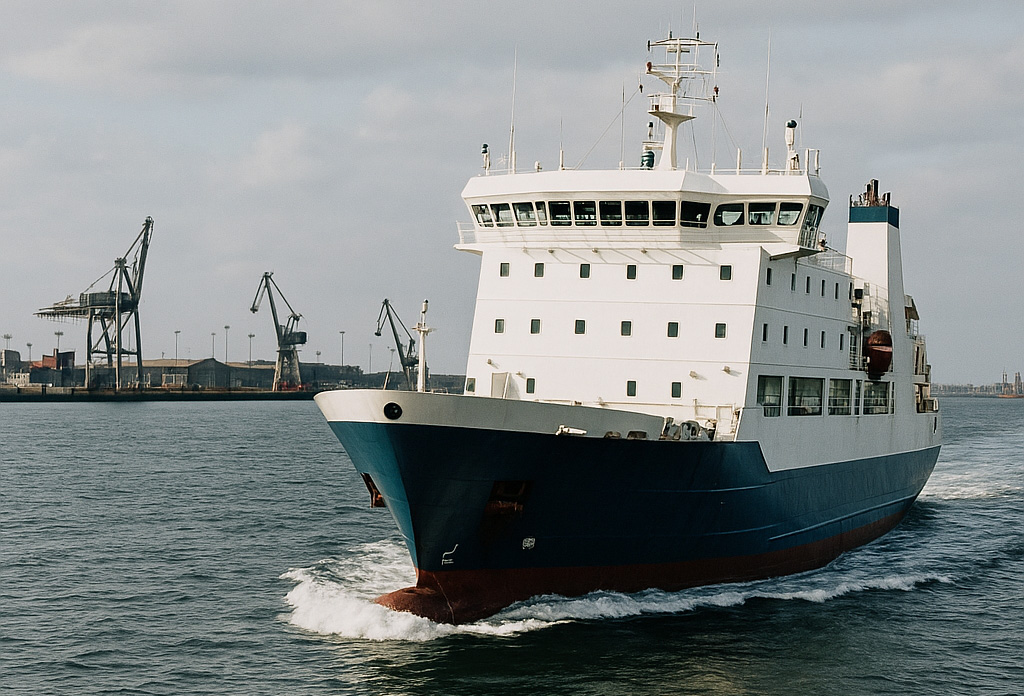Introduction to Ship Chartering: Key Differences Between Bareboat, Time and Voyage Charters
Within the bustling global maritime network, ship chartering is a highly prevalent and flexible operational approach. It enables businesses or individuals requiring shipping capacity (Charterers) to access necessary transportation capability without purchasing expensive vessels outright. Simply put, it involves "chartering" a vessel from its owner (the Shipowner) for a defined period or to complete a specific voyage.

I. The Essence of Ship Chartering
The core of ship chartering is the transfer of asset (vessel) usage rights. The Shipowner (lessor) delivers the vessel to the Charterer (lessee) for use, and the Charterer pays the Shipowner corresponding hire or freight in return. The critical aspect of this model lies in the allocation of responsibilities and risks, which varies fundamentally across different chartering modes.
II. Detailed Explanation of the Three Basic Chartering Modes
1. Bareboat Charter (BBC)
Core Feature: The term "bare" signifies that the Shipowner provides only an empty, seaworthy vessel itself.
Charterer’s Responsibilities:
Assumes full control of the vessel as a de facto temporary owner.
Responsible for crewing, managing, and paying all crew members.
Responsible for purchasing all bunkers (fuel), lubricants, and vessel supplies.
Bears all operational costs and risks, including daily maintenance, insurance (typically under the Charterer's name), port dues, taxes, etc.
Shipowner’s Responsibilities:
Primarily to provide a seaworthy vessel meeting contractual specifications at the start of the charter period and to repossess it at the end.
Generally does not intervene in vessel operations during the charter period.
Charter Period: Typically long-term (several years, even decades).
Control: Charterer has the highest degree of operational control.
Application Scenario: Suitable for companies needing long-term, stable use of a specific vessel type and possessing substantial vessel operation management capabilities and resources. Sometimes used for vessel financing (hire-purchase arrangements).
2. Time Charter (TC)
Core Feature: Charter based on time. The Shipowner provides a vessel fully equipped with crew and necessary stores/supplies.
Charterer’s Responsibilities:
Manages commercial operations: Decides what cargo to load and where to go (specifies routes and cargoes).
Bears voyage-related costs: Bunker (fuel) costs, port dues, canal tolls, cargo loading/discharging expenses, etc.
Shipowner’s Responsibilities:
Provides a seaworthy vessel with a full, competent crew.
Manages technical operations: Crew wages, vessel insurance, routine maintenance, vessel stores/supplies (excluding bunkers), vessel depreciation, etc.
Charter Period: Flexible, ranging from months to several years.
Control: Charterer controls cargo and routing (commercial); Shipowner controls vessel and crew management (technical).
Hire Calculation: Typically based on the vessel's deadweight tonnage (DWT) and duration in days (e.g., USD / day).
Application Scenario: Ideal for traders, operators, or large cargo owners requiring significant, non-permanent capacity over an extended period, who wish to control freight arrangements but avoid the complexities of technical vessel and crew management.
3. Voyage Charter (VC)
Core Feature: Charter for a specific voyage or consecutive voyages, focused on completing a cargo transportation task.
Charterer’s Responsibilities:
Specifies loading port(s), discharging port(s), and cargo.
Pays freight, typically calculated per cargo quantity (e.g., per metric ton) or as a lump sum for the entire vessel.
Not involved in specific vessel operational details.
Shipowner’s Responsibilities:
Provides a seaworthy vessel with crew.
Bears all operational costs and risks: Including bunkers, port dues, canal tolls, crew wages, insurance, maintenance, etc.
Responsible for safely transporting the cargo from the loading port(s) to the discharging port(s).
Charter Period: Shortest, defined by the completion of one or several agreed voyages.
Control: Shipowner handles entire operations; Charterer primarily controls cargo and ports.
Application Scenario: Suited for shippers or traders with single or few batches of cargo, seeking simple operations and clear costs (fixed freight or freight based on cargo volume). Most common for bulk commodities (e.g., grain, coal, ore) and oil products.
Understanding the core distinctions between Bareboat Charter (BBC), Time Charter (TC), and Voyage Charter (VC) – particularly the division of responsibilities and costs – is the fundamental first step into ship chartering. While actual charter party contracts involve greater complexity, they are fundamentally based on or derived from these three core modes. The choice of mode primarily depends on the Charterer's specific transportation needs, operational capabilities, risk tolerance, and budget.